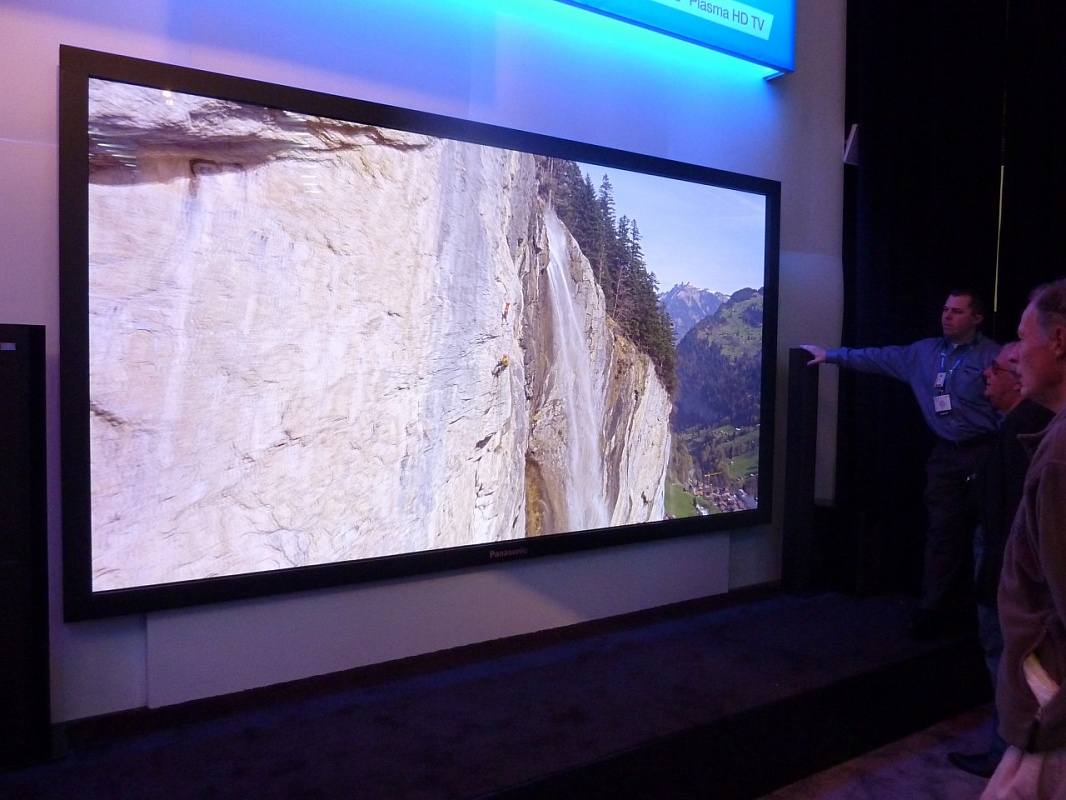
Plasma vs LCD
The first patent for the invention of a “plasma display” consisting of a single pixel was received in 1964 by three American citizens at once. A decade later, working displays of the Digivue brand appeared, and 9 years later, the University of Illinois sold IBM a license for the production of plasma panels for $ 1,000,000. But in the early nineties, it began to be actively displaced from the market by displays created using LCD technology.
The principle of plasma operation
We all remember from school that matter can take a solid, liquid and gaseous state. Ionized gas with many charged particles, or plasma, is the 4th state of matter!
Many electrons with a negative charge launched into the gas knock electrons out of atoms during a collision. In turn, the atoms become positively charged ions. Passing through the formed plasma, the electric current attracts particles with different charges. They collide, and the gas atoms release photons in the spectrum visible to the human eye. When an electric current is applied, neon and xenon glow with invisible ultraviolet rays.
Plasma or liquid crystals?
The plasma panel design is assembled from hundreds of microchambers filled with inert gas and inserted between glass walls. A pair of long control electrodes installed above the chambers along the back glass are covered with layers of magnesium oxide and dielectric. When current is applied to the electrodes, the gas acquires a plasma state, causing the phosphor to glow.
LCD panels use a different principle for creating images: the colors on the RGB are separated by filters, and a light source is located behind the matrix.
The difference in technologies makes the advantages of plasma undeniable:
- Large diagonal and compact dimensions, in contrast to the economically unprofitable production of the LCD matrix.
- Wide viewing angle (about 1800) due to the independent glow of the cells, in contrast to the “shutters” of the LCD panel, regulating the passing light flux.
- High contrast of the plasma panel, reaching 10000: 1, uniform brightness, due to the absence of backlighting.
- There is no flickering in the plasma panel.
- The highest color rendering – up to 29 billion shades.
- The response time of plasma is very short in comparison with an LCD TV and is illogical to a CRT, so digital “slowdowns” and “glitches” are not noticeable.
Thickness of a standard panel – no more than 10 cm. With the help of a special bracket, the plasma can be easily mounted on the wall. Due to the large pixels compared to an LCD TV, the smallest plasma panel is produced in a size of 32 inches.






